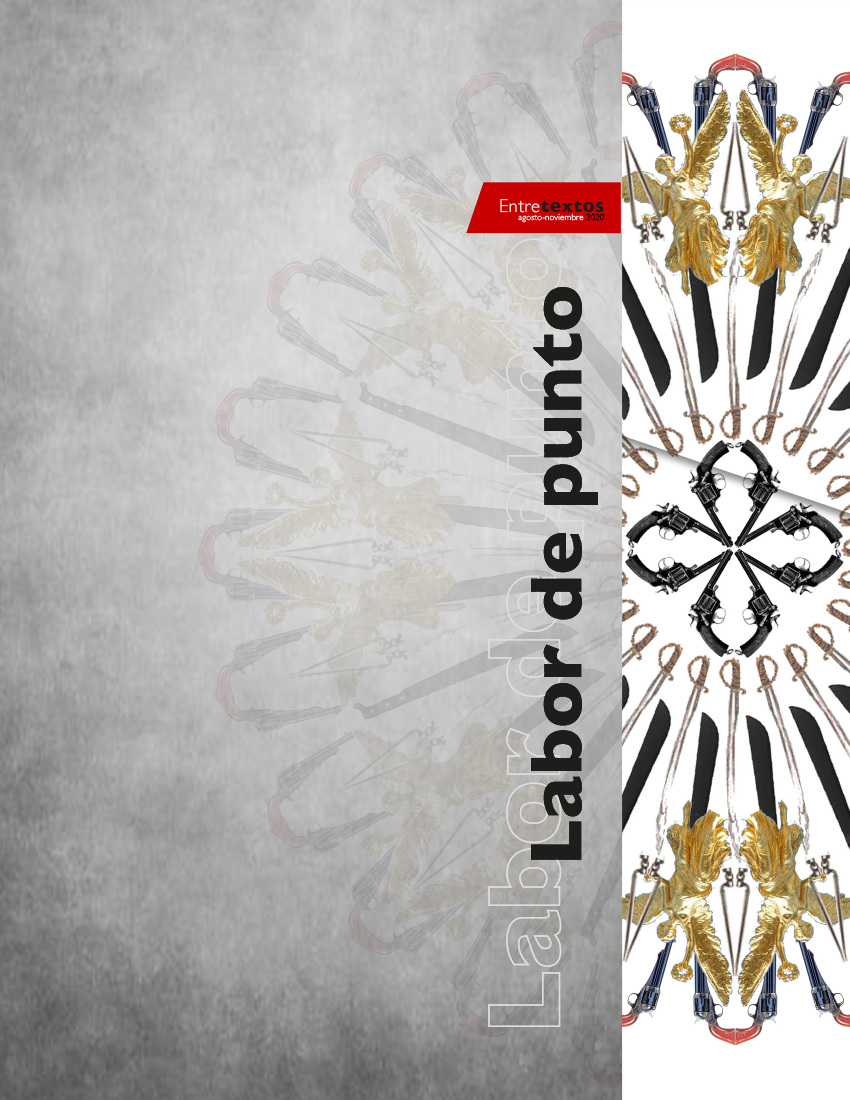Physical violence and illegal drugs
A study on how El Universal contributed to its definition as a social problem
DOI:
https://doi.org/10.59057/iberoleon.20075316.20203555Keywords:
physical violence, illegal drugs, political cartoons, news media, causal storioesAbstract
At the end of 2004, when the presidency of Vicente Fox (2000-2006) was about to be concluded, one issue was placed on the agenda of capital news media: the association between physical violence and illegal drugs. In the regional media, such as el Semanario Zeta, El Mañana and Riodoce, they had already given coverage to that note, but it had little echo at the national level. In the presidential six-year term of Felipe Calderón (2006-2012) a series of events involved various social, economic and political actors to redefine this social problem, susceptible to the formulation and implementation of public policies. This article uses Robert Entman’s framing theory and Deborah Stone’s causal arguments from a constructivist philosophical perspective to respond to how the newspaper El Universal contributed, through political cartoons, in defining the subject as a problem.
Downloads
References
Astorga, L. (1996). Mitología del narcotraficante en México. Ciudad de México: Plaza y Valdés Editores-UNAM.
Astorga, L. (2005). El siglo de las drogas. Ciudad de México: Plaza y Janés Editores.Davenport, R. (2001). La búsqueda del olvido. Historia global de las drogas, 1500-2000. Ciudad de México: Fondo de Cultura Económica.
Entman, R. (diciembre de 1993). Framing: Toward Clarification of a Fractured Paradigm, Journal of Communication, 43(4), pp.163-173. https://doi.org/10.1111/j.1460-2466.1993.tb01304.x.
Escohotado, A. (2008). Historia General de las Drogas. Madrid: Espasa.
March, J. y Olsen, J. (2006). Elaborating the ‘‘New Institutionalism’’. En Goodin, R. (Ed.), The Oxford Handbooks of Political Science (pp. 3-23). Nueva York: Oxford University Press.
Musto, D. (1999). The American disease. Origins of narcotic control. Nueva York: Oxford University Press.
Sabatier, P. y Weible, M. (2010). El marco de las coaliciones promotoras. Innovaciones y clarificaciones. En Sabatier, P. (Ed.), Teorías del proceso de las políticas públicas (pp. 203-238). Buenos Aires: Proyecto de Modernización del Estado.
Stone, D. (1989). Causal stories and the formation on policy agendas, Political Science Quarterly, 104(2), pp. 281-300. Recuperado de https://doi.org/10.2307/2151585.
Thoumi, F. (2015). Debates y paradigmas de las políticas de drogas en el mundo y los desafíos para Colombia. Bogotá: Academia Colombiana de Ciencias Económicas.
Zedillo, E., Madrazo, A., Pérez, C. y Alonso, F. (2018). La política de drogas en México: causa de una tragedia nacional. Una propuesta radical, e indispensable, para remediarla. Ciudad de México: CIDE. Recuperado el 17 de abril del 2020, de http://www.politicadedrogas.org/PPD/documentos/20190123_113445_zedillo_et_al._2019._tragedia_nacional..pdf.

Downloads
Published
How to Cite
Issue
Section
License
Copyright (c) 2020 Entretextos

This work is licensed under a Creative Commons Attribution-NonCommercial 4.0 International License.




